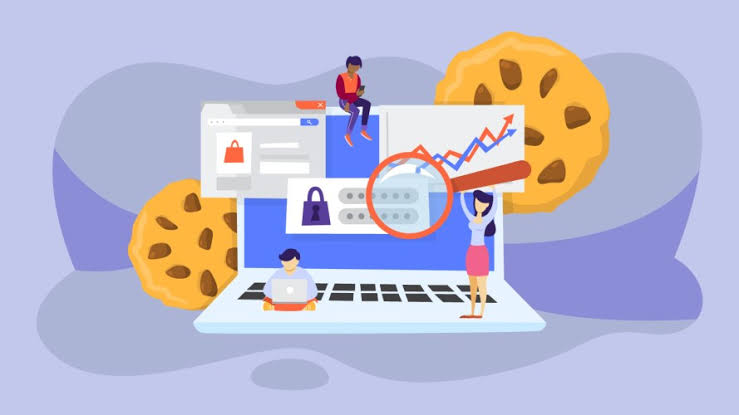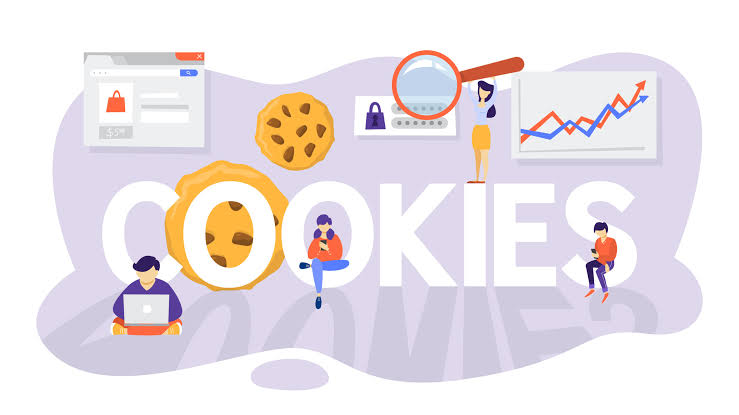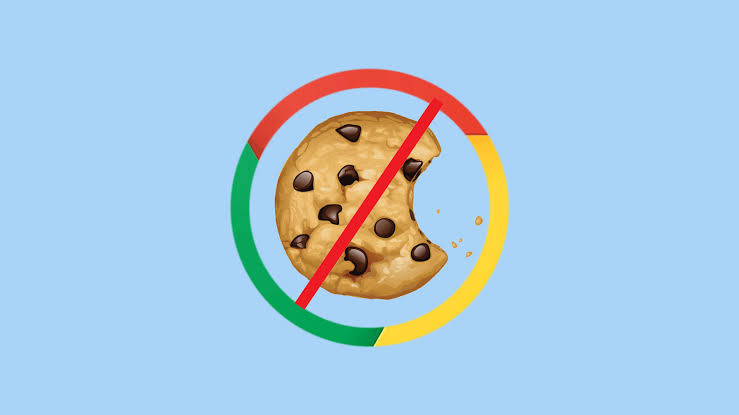
How The Future Of Cookie-less Advertising Is Shaping Digital Marketing
Explore how cookie-less advertising is reshaping digital marketing. Learn about alternatives, privacy regulations, and strategies for a privacy-first future.
Table of Contents:
- The Future of Cookie-less Advertising: What Marketers Need to Know
- The Impact of Cookie-less Advertising on User Privacy and Targeting
- What Marketers Need to Know About Cookie-less Advertising
- How Cookie-less Advertising is Changing Digital Marketing
- Alternatives to Third-Party Cookies
- How Marketers Can Adapt to Cookie-less Advertising
- Conclusion: The Future of Privacy-Focused Digital Marketing
The Future Of Cookie-less Advertising: What Marketers Need To Know

In the ever-evolving digital marketing landscape, the way brands track and target users has undergone a significant transformation. With increasing concerns around privacy and data security, third-party cookies are being phased out. This shift has given rise to cookie-less advertising, a new frontier that promises to reshape how marketers approach their campaigns. As we move toward a privacy-first era, understanding this trend is crucial for staying ahead of the competition.
The Impact Of Cookie-less Advertising On User Privacy And Targeting
The demand for greater transparency and control over personal data has never been stronger. As a result, privacy-focused marketing is taking center stage. Privacy laws like the General Data Protection Regulation (GDPR) and the California Consumer Privacy Act (CCPA) have pushed marketers to rethink their data collection and advertising strategies. These privacy regulations in marketing are forcing businesses to ensure that they respect consumer rights, giving users more control over their data.
In this new landscape, cookie-less advertising is becoming a vital strategy for businesses. By moving away from third-party cookies, brands are adopting more sustainable and privacy-conscious methods of reaching their audiences. This transition aligns with growing consumer expectations, ensuring marketers stay compliant with privacy regulations while delivering relevant content.
What Marketers Need To Know About Cookie-less Advertising
As cookies become obsolete, marketers are being challenged to find new ways to track and engage users. Traditional advertising methods heavily relied on third-party cookies to monitor user behavior, but as these cookies are phased out, the need for privacy-first strategies has intensified. The future of digital ads will rely more on first-party data, which is gathered directly from interactions with users.
Cookie-less advertising emphasises the importance of using data that customers willingly provide, such as through subscriptions, purchases, or on-site interactions. This data is more reliable and helps marketers create personalised campaigns without breaching privacy laws. However, adapting to this shift requires a strategic approach to data collection and consumer engagement.
How Cookie-less Advertising Is Changing Digital Marketing
Cookie-less advertising is revolutionising how brands interact with consumers online. The days of relying on third-party tracking to target users across different websites are over. Marketers now need to turn to alternatives that prioritise user privacy while still offering relevant ads.
Privacy-focused marketing and privacy regulations in marketing will dictate the future of cookie-less advertising. Marketers must embrace these changes to continue offering personalised, targeted experiences without violating user privacy. This includes utilising first-party data and relying on innovative ad formats like contextual advertising, where ads are shown based on the content a user is engaging with rather than their browsing history.
Alternatives To Third-Party Cookies
While the end of third-party cookies might feel like a loss for marketers, there are several alternatives to explore that are both effective and privacy-compliant:
1. First-Party Data
First-party data is information collected directly from users through interactions with a brand’s website, app, or email list. This data provides valuable insights into user behavior and preferences while ensuring compliance with privacy regulations. The role of first-party data in cookie-less advertising will only grow as marketers shift toward more transparent and customer-centric strategies.
2. Contextual Advertising
Instead of using cookies to track individuals, marketers can rely on contextual advertising. This method places ads based on the content users are consuming rather than tracking their behavior across multiple websites. Contextual advertising is an effective way to ensure that ads are relevant without invading users’ privacy.
3. Privacy Sandbox
Google’s Privacy Sandbox initiative aims to provide privacy-friendly alternatives to third-party cookies. It uses technologies like Federated Learning of Cohorts (FLoC) to group users based on shared interests, ensuring that advertisers can deliver personalised ads while maintaining privacy.
4. Server-Side Tracking
Server-side tracking is a technique where data is processed on the server instead of in the user’s browser. This allows marketers to track user behavior more securely and without using third-party cookies, offering a privacy-compliant alternative.
How Marketers Can Adapt To Cookie-less Advertising
The shift to cookie-less advertising presents an opportunity for marketers to innovate and adapt to the new digital marketing environment. Here are several strategies that can help brands succeed in this evolving landscape:
1. Build Trust Through Transparency
Building trust with your audience is critical in the world of privacy-focused marketing. By being transparent about how you collect and use customer data, you can foster stronger relationships with your audience. Providing clear privacy policies and allowing users to control their data preferences will help build confidence in your brand.
2. Invest in Data Clean Rooms
Data clean rooms allow marketers to analyse aggregated, anonymised data from multiple sources without exposing any personally identifiable information. This secure approach to data analysis enables brands to continue running effective, privacy-compliant campaigns.
3. Focus on Customer Retention
As acquiring new customers becomes more challenging in a cookie-less advertising world, brands will need to focus on customer retention. Personalised email campaigns, loyalty programs, and exclusive offers can help retain existing customers while nurturing long-term relationships.
4. Explore New Ad Formats
In addition to contextual advertising, marketers can explore other emerging ad formats that prioritise user privacy. Interactive ads, native advertising, and in-app ads are all excellent alternatives that can offer engaging, privacy-conscious experiences.
Conclusion: The Future Of Privacy-Focused Digital Marketing
The rise of cookie-less advertising represents a significant shift in digital marketing. Marketers who embrace this change and adopt privacy-first strategies will be best positioned for success in the future. By leveraging first-party data, exploring new advertising formats, and staying compliant with privacy regulations, brands can continue to deliver relevant, personalised ads without compromising user privacy.
As we look ahead, the role of privacy-focused marketing and the importance of first-party data will only continue to grow. Marketers must be proactive in adapting to these changes to thrive in a world where privacy is paramount. The key to success in the cookie-less advertising era lies in building trust, staying transparent, and embracing innovation.





